|
Week 1: Introduction/Reconstruction
Welcome to HST 202 Week One! This is the first learning module looking at the United States in Reconstruction Era. Before we get started, we need to mention rule #1 for understanding history: Historians are detectives. Much like Batman or Sherlock Holmes, historian look at the crime scene (in this case, the historical event) look for clues (in this case, books or archaeological sites), interview witnesses (in this case, secondary or primary sources) and interpret the findings to determine what happened. Much like an actual crime scene, the investigator must rely on what they have in front of them. Missing pieces always happen, but it's the goal of the historian to fill in the blank spaces with what his or her 'gut" tells them. Or they go to their utility belt of previous knowledge to help determine the most likely outcomes. This becomes rather difficult the further we get from the time frame of the crime, or what is referred to as a "cold case." Scents get thrown off; memory gets muddled. The picture becomes murkier as time slips from our grasp. Why do I mention this? Remember that as we dive into the world of "pre-history" we don't have all the answers, and never will. But don't worry- I'm Batman.
HIGHLIGHTS
READING
Carnes, Chapter 15: Reconstruction and the South My classes utilize both Howard Zinn's Patriot's History of the United States and Larry Schweikart's Patriot's History of the United States, mostly in excerpts posted to the modules. You can access the full text of People's History or Patriot's History by clicking on the links. 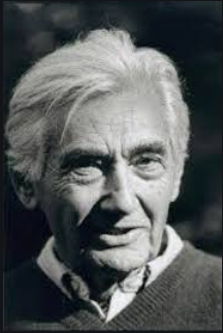
Zinn, Chapter 9 “Slavery without Submission, Emancipation without Freedom”
…The United States government's support of slavery was based on an overpowering practicality. In 1790, a thousand tons of cotton were being produced every year in the South. By 1860, it was a million tons. In the same period, 500,000 slaves grew to 4 million. A system harried by slave rebellions and conspiracies (Gabriel Prosser, 1800; Denmark Vesey, 1822; Nat Turner, 1831) developed a network of controls in the southern states, hacked by the laws, courts, armed forces, and race prejudice of the nation's political leaders… The Fugitive Slave Act passed in 1850 was a concession to the southern states in return for the admission of the Mexican war territories (California, especially) into the Union as nonslave states. The Act made it easy for slaveowners to recapture ex-slaves or simply to pick up blacks they claimed had run away. Northern blacks organized resistance to the Fugitive Slave Act, denouncing President Fillmore, who signed it, and Senator Daniel Webster, who supported it. One of these was J. W. Loguen, son of a slave mother and her white owner. He had escaped to freedom on his master's horse, gone to college, and was now a minister in Syracuse, New York. He spoke to a meeting in that city in 1850: The time has come to change the tones of submission into tones of defiance-and to tell Mr. Fillmore and Mr. Webster, if they propose to execute this measure upon us, to send on their blood-hounds. ... I received my freedom from Heaven, and with it came the command to defend my title to it. ... I don't respect this law-I don't fear it-I won't obey it! It outlaws me, and I outlaw it.... I will not live a slave, and if force is employed to re-enslave me, I shall make preparations to meet the crisis as becomes a man. ... Your decision tonight in favor of resistance will give vent to the spirit of liberty, and it will break the bands of party, and shout for joy all over the North. ... Heaven knows that this act of noble daring will break out somewhere-and may God grant that Syracuse be the honored spot, whence it shall send an earthquake voice through the land! …The southern white oligarchy used its economic power to organize the Ku Klux Klan and other terrorist groups. Northern politicians began to weigh the advantage of the political support of impoverished blacks-maintained in voting and office only by force-against the more stable situation of a South returned to white supremacy, accepting Republican dominance and business legislation. It was only a matter of time before blacks would be reduced once again to conditions not far from slavery. Violence began almost immediately with the end of the war. In Memphis, Tennessee, in May of 1866, whites on a rampage of murder killed forty-six Negroes, most of them veterans of the Union army, as well as two white sympathizers. Five Negro women were raped. Ninety homes, twelve schools, and four churches were burned. In New Orleans, in the summer of 1866, another riot against blacks killed thirty-five Negroes and three whites. Mrs. Sarah Song testified before a congressional investigating committee: Have you been a slave? I have been a slave. What did you see of the rioting? I saw them kill my husband; it was on Tuesday night, between ten and eleven o'clock; be was shot in the head while he was in bed sick … There were between twenty and thirty men... They came into the room. … Then one stepped back and shot him…he was not a yard from him; be put the pistol to his head and shot him three times. . .. Then one of them kicked him, and another shot him again when he was down. ... He never spoke after he fell. They then went running right off and did not come back again… The violence mounted through the late 1860s and early 1870s as the Ku Klux Klan organized raids, lynchings, beatings, burnings. For Kentucky alone, between 1867 and 1871, the National Archives lists 116 acts of violence… …As white violence rose in the 1870s, the national government, even under President Grant, became less enthusiastic about defending blacks, and certainly not prepared to arm them. The Supreme Court played its gyroscopic role of pulling the other branches of government back to more conservative directions when they went too far. It began interpreting the Fourteenth Amendment-passed presumably for racial equality-in a way that made it impotent for this purpose. In 1883, the Civil Rights Act of 1875, outlawing discrimination against Negroes using public facilities, was nullified by the Supreme Court, which said: "Individual invasion of individual rights is not the subject-matter of the amendment." The Fourteenth Amendment, it said, was aimed at state action only…
ASSIGNMENTS
Remember all assignments, tests and quizzes must be submitted official via BLACKBOARD Forum Discussion #1
This first week I would like to take it easy, and get to know you better, please answer the following question with a one paragraph minimum:
What do you like about studying history? If you don't like history, what do you think the root cause is? Remember that you will be required to reply to at least two of your classmates. Forum Discussion #2 I've Got a Secret was a panel game show produced by Mark Goodson and Bill Todman for CBS television. Created by comedy writers Allan Sherman and Howard Merrill, it was a derivative of Goodson-Todman's panel show What's My Line? Instead of celebrity panelists trying to determine a contestant's occupation, the panel attempts to define a contestant's "secret": unusual, extraordinary, embarrassing, or humorous about that person/people. Watch this odd display (that seems to cheapen a historical event for the sake of a game show)and answer the following question:
What was the fallout from the death of Lincoln? Do you believe this altered the course of human history? Why or why not?
Need help? Remember the Discussion Board Rubric.
0 Comments
Leave a Reply. |
AuthorRyan Lancaster wears many hats. Dive into his website to learn about history, sports, and more! Archives
July 2024
Categories |

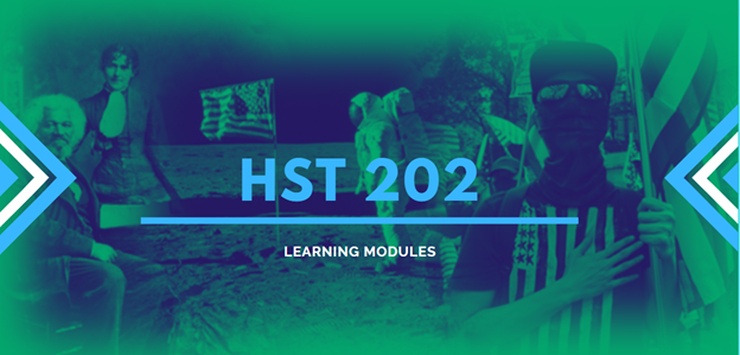
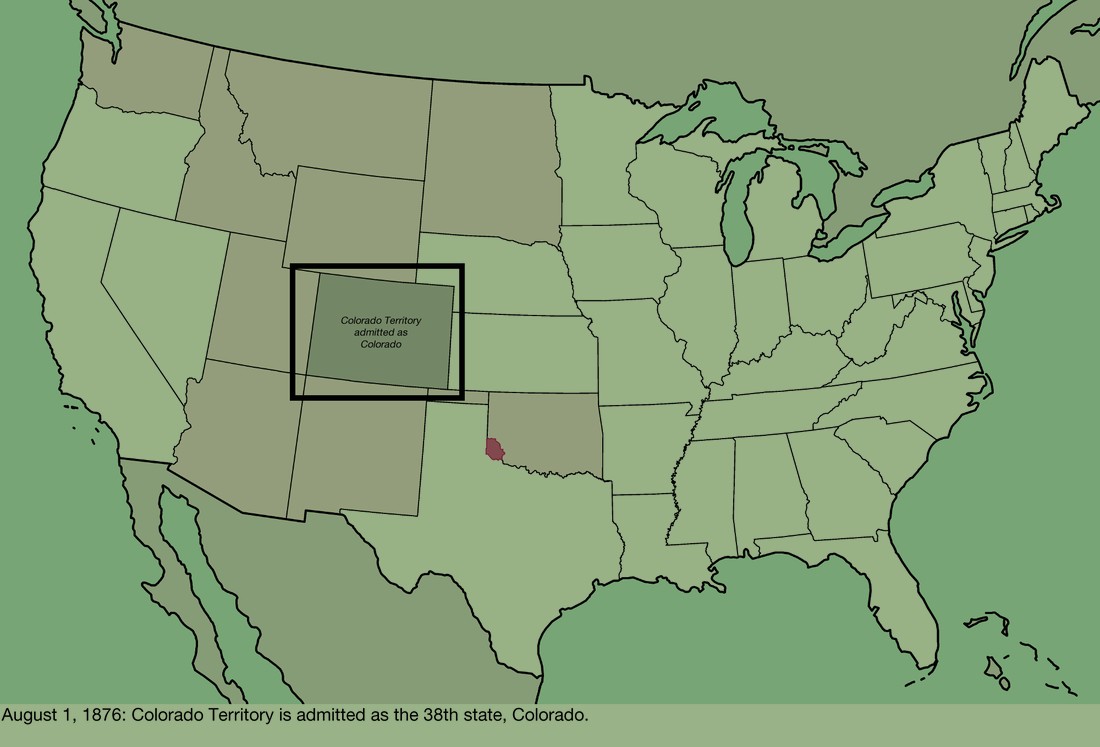
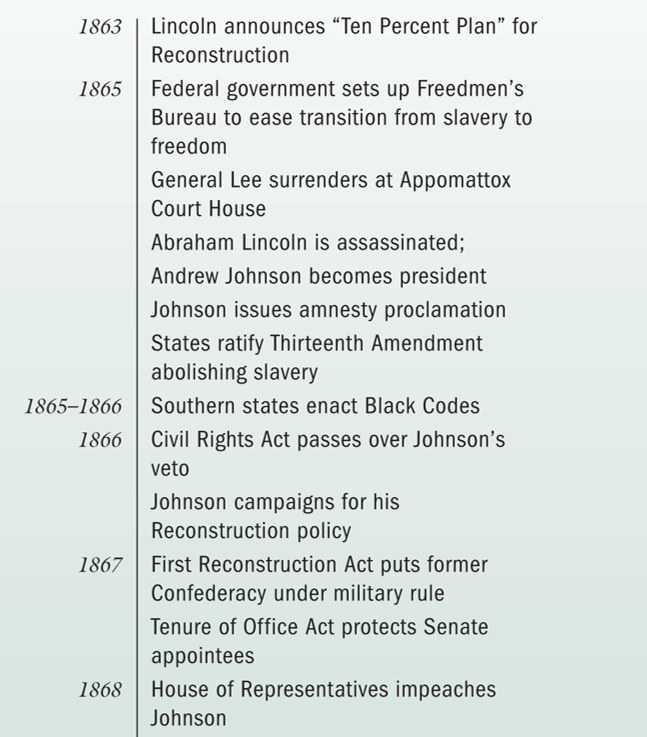
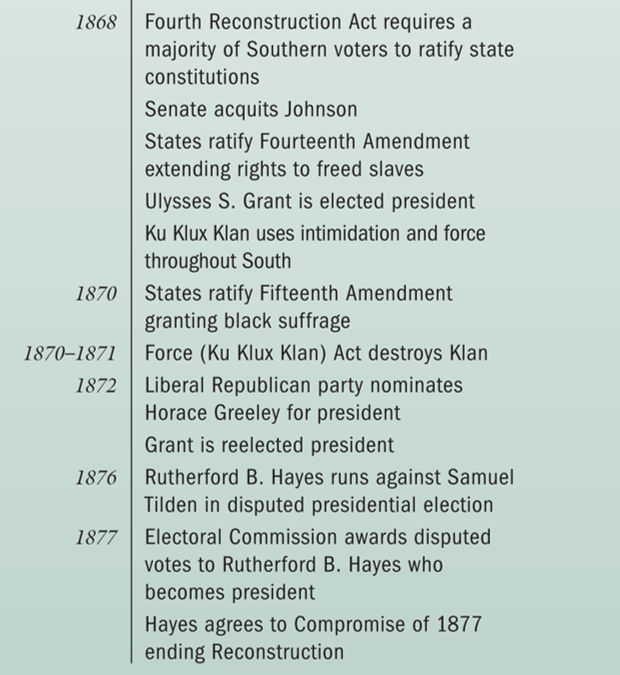
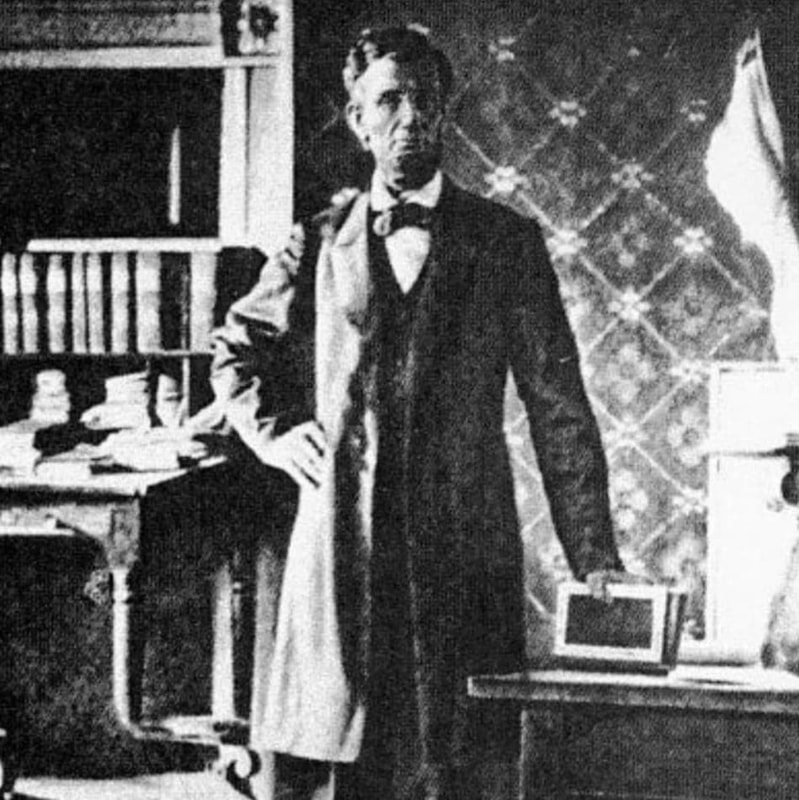
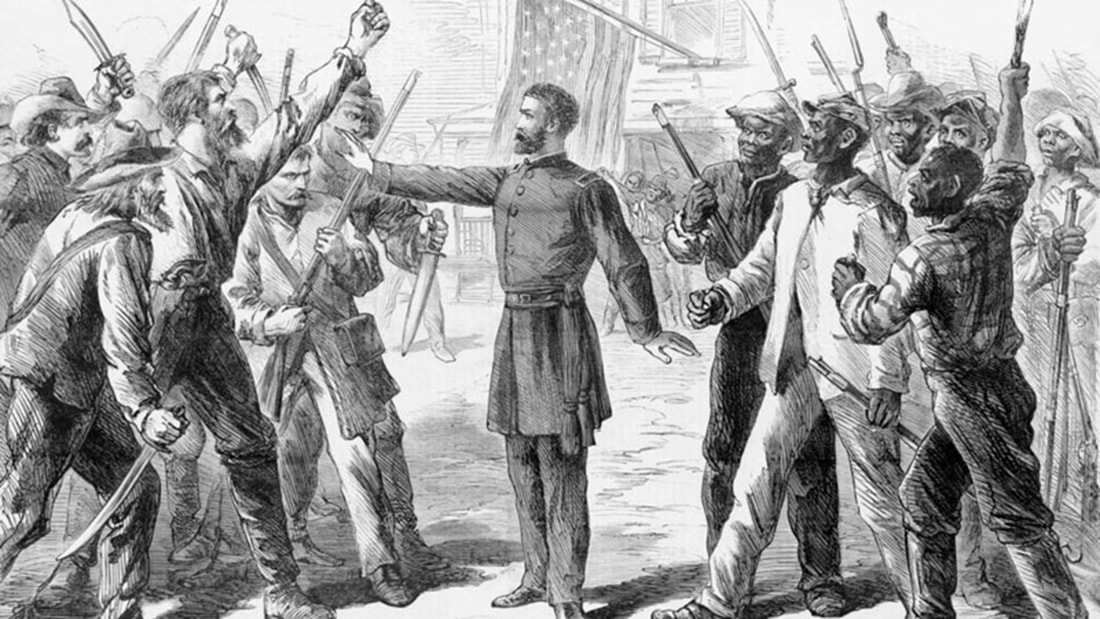

 RSS Feed
RSS Feed